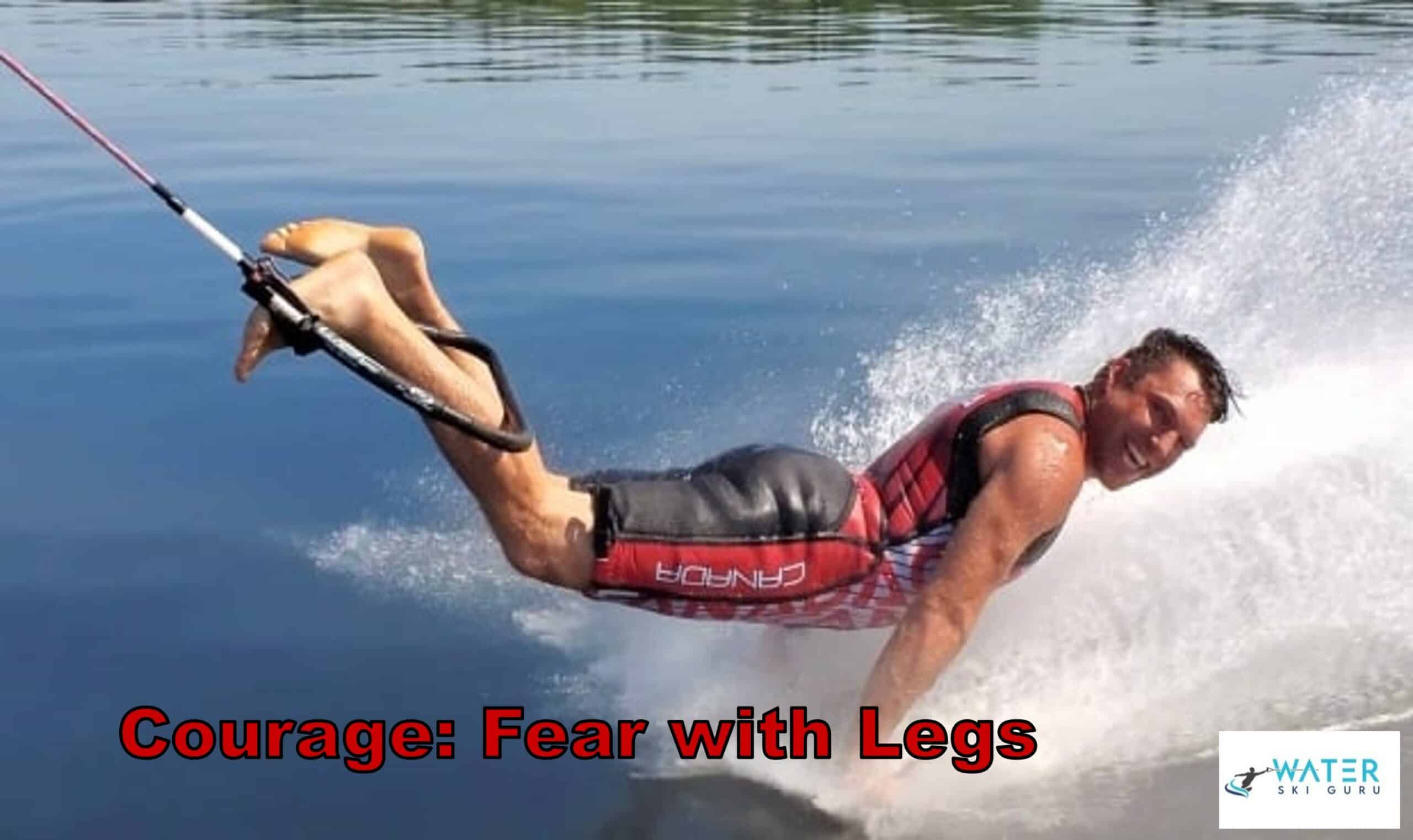As a writer, I know that fear is a necessary component of courage. Without fear, there can be no bravery, no heroism, and no triumph over adversity. It is in the face of fear that we find our greatest strength, our greatest courage, and our greatest resilience.
In this article, I will explore the concept of courage and how it is defined as ‘fear with legs.’ Courage is often misunderstood as the absence of fear, but that could not be further from the truth. The most courageous individuals are those who run towards fear, not away from it. They understand that fear is a natural response to danger, and they use it to their advantage. They know that fear can be a powerful motivator, and they channel that energy into action.
In this article, I will discuss the relationship between courage and fear, and provide tips and tools for building resilience and facing fear in all aspects of life. So, let’s dive in and explore the power of ‘fear with legs.’
The Relationship Between Courage and Fear
I’ve learned that courage and fear are not opposites, but rather courage requires fear and the ability to overcome it.
Fear is a natural instinct that all living things experience in the face of danger. It is what keeps us safe and helps us make decisions about potential risks. However, fear can also hold us back from personal growth and achieving our goals.
The role of fear in decision making is crucial because it helps us evaluate the potential dangers and consequences of our actions. However, fear can also lead to indecision and avoidance of difficult situations.
Overcoming fear is necessary for personal growth and achieving success in life. It requires courage to face our fears and take action despite them.
True courage is not the absence of fear, but rather the ability to face it and move forward.
Overcoming Fear for Courage
Conquering apprehension by taking action instead of avoiding it can lead to a brave and resilient mindset. Overcoming fear is not easy, but it is necessary for developing courage. In fact, courage cannot exist without fear. It is the willingness to face fear that defines courage.
To practice courage in everyday life, it is important to embrace vulnerability. Vulnerability means acknowledging our weaknesses and accepting that we are not perfect. When we allow ourselves to be vulnerable, we open ourselves up to the possibility of failure. But it is through failure that we learn and grow. By facing our fears and taking risks, we build resilience and develop a strong sense of self. The following table illustrates how vulnerability and courage are interconnected:
| Vulnerability | Courage | Outcome |
| Acknowledging weaknesses | Willingness to face fear | Development of resilience |
| Accepting imperfection | Taking risks | Growth and learning |
| Embracing failure | Persistence in the face of adversity | Strong sense of self |
Courage is not the absence of fear, but rather the willingness to face it. Overcoming fear is essential for building resilience and developing a brave and resilient mindset. Vulnerability and practicing courage in everyday life are crucial for personal growth and development.
Building Resilience for Courage
Developing resilience in mind, body, and spirit is crucial for facing challenges with strength and determination. The mind-body connection is a powerful force that can be used to overcome fear and build courage.
Mental toughness is the ability to stay focused and motivated when faced with difficult situations. It involves taking care of both the mind and body, and developing a strong sense of self-awareness.
To build resilience, it’s important to develop a routine that includes exercise, meditation, and positive self-talk. Exercise helps to strengthen the body and release endorphins that improve mood and reduce stress. Meditation helps to quiet the mind and increase focus and clarity. Positive self-talk involves using affirmations and visualization techniques to build confidence and overcome negative thoughts.
By taking care of the mind and body, we can develop the mental toughness necessary to face challenges with courage and determination.
Frequently Asked Questions
What are some common misconceptions about courage and fear?
Many believe courage is the absence of fear, but fear’s role in courage is crucial. Overcoming fear is necessary for courageous vulnerability. It’s not about being fearless, but rather facing danger despite fear.
How can one differentiate between true courage and reckless behavior?
Differentiating between true courage and reckless behavior requires understanding fear’s role. Courage involves acknowledging fear, assessing risks, and taking calculated action. Recklessness disregards fear and risks, leading to potentially harmful outcomes.
Can fear ever be completely eliminated or overcome?
Fear can be managed and overcome, but it’s unlikely to be completely eliminated. Self-awareness is key in identifying triggers and developing coping strategies. Practice and exposure to fear can build resilience and mastery.
How can one cultivate a mindset of courage and resilience?
To develop resilience and face challenges, I focus on building mental and physical strength, facing my fears, and learning from failures. I remind myself that true courage is not the absence of fear, but the willingness to act despite it.
Are there any physical techniques or practices that can help overcome fear and build courage?
Meditation and visualization can help build courage by rewiring the brain to respond differently to fear. Breathing techniques and the mind-body connection can also impact the fear response, increasing resilience and reducing anxiety.

